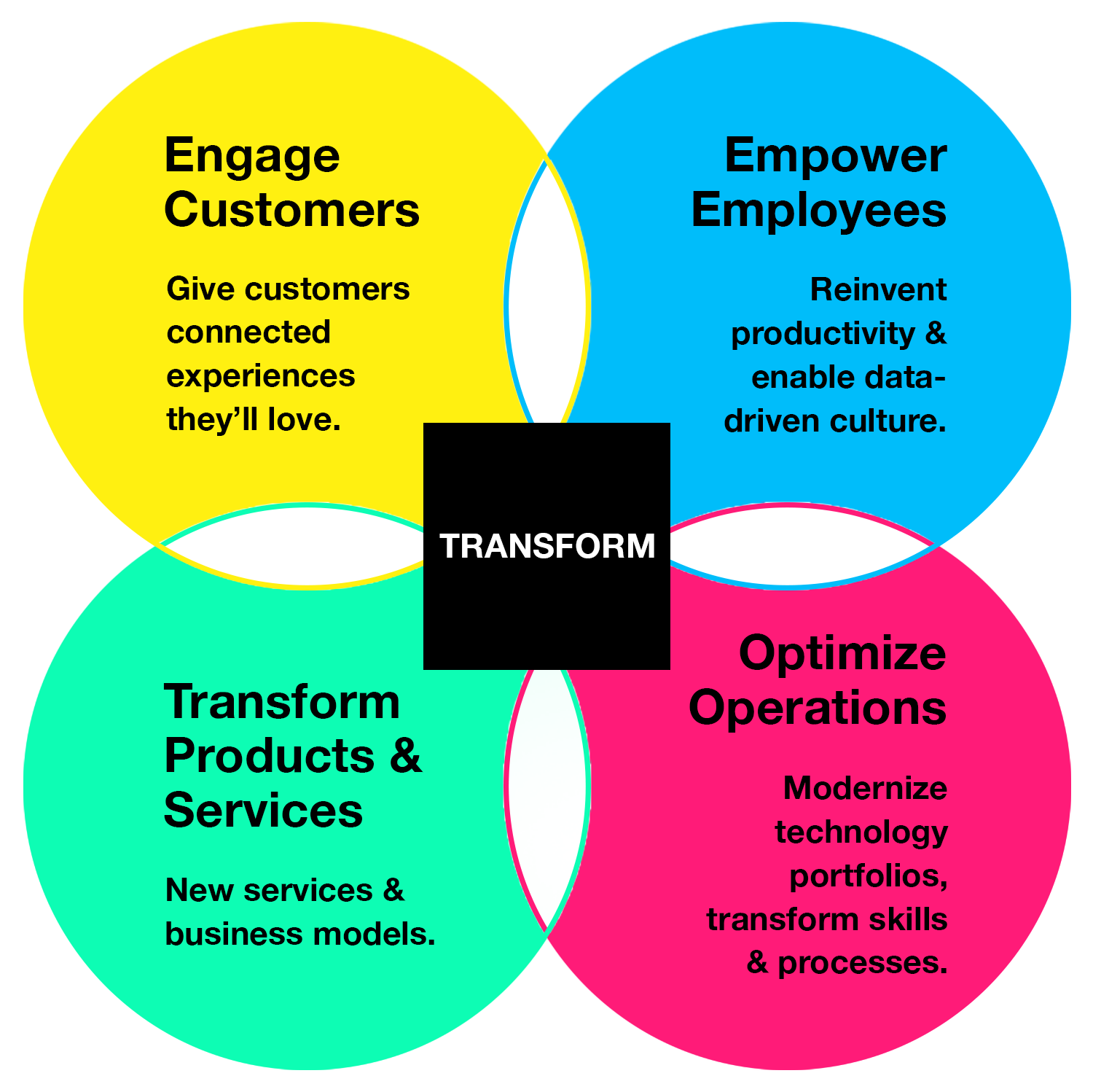How do you plan for a future of continuous change?
Before COVID-19 struck, brands had planned to invest over $68 billion in sports, entertainment and event sponsorships in 2020. The entire value chain for products and services related to these events is gone. And this is only one example. Global disruption caused thousands of companies to re-think their marketing strategies across these areas:
- Demand – generating enough market demand for products
- Awareness – access to audiences
- Engagement – less physical, increased digital
- Sales – interacting virtually
- Operations – new digitally based operating models
As investors, entrepreneurs, and start-ups respond to the dramatic changes precipitated by the pandemic, it’s become clear that customer value chain disruption and adaptation will be the defining business trends of 2021.
Companies need to answer the question,
"How do we make a lasting impression?”

To stay ahead, companies need to orchestrate the full customer experience and find the right operating model to deliver products and services more effectively. It’s all about creativity, convenience, and consistency. Every aspect of customer digital experience must be easy, transparent, and memorable.
Where to start – or begin again?

The key to success is velocity. Transformation occurs when the four above pillars are activated.
Engaging Customers: Building connected experiences while harnessing the data surrounding those experiences provides a more comprehensive understanding of customers. This understanding helps companies create tailored, personalized experiences.
Empowering Employees: Help staff do more by creating a workplace where all can thrive, regardless of their work style, and improve effectiveness through digital intelligence.
Optimizing Operations: This involves accelerating responsiveness, improving service levels, and reducing costs with automated processes that anticipate requests, as well as coordinating more efficient workflows.
Transforming Products & Services: To capture new revenue streams, there needs to be a shift from hindsight to foresight. This change helps deliver more personalized products and services.

A good first move. Every company’s survival depends on its ability to discard old habits and cultivate new ones. This is done by regularly taking stock of your current digital maturity and developing new strategies.
For success, take the following steps:
- Assess your current-state maturity.
- Develop your digital strategy.
- Select your tools and technologies.
- Execute change management.
- Measure for success.
Preparing for the Unexpressed Need
Customer expectations come in many different forms and require different solutions. Here are three:
- A specific need with an expected outcome
- An expressed need that could have multiple outcomes
- An unexpressed need that is not articulated
A specific need with an expected outcome: In the financial services sector, customers, 1) receive monthly statements via email, 2) use a call center for support questions, 3) use online banking to research historical transactions, and 4) use in-person communication for more complex advice. Each of these channels are developed in isolation. Every channel tries to do as much as possible, behaving as if other channels don’t exist. Digital is great for simple transactions, but not as well-suited for deep financial planning.
An expressed need that could have multiple outcomes: Today’s customers expect services that are oriented around their needs. In addition, they want simplified, seamless experiences such as friction-free interactions, intuitive applications, and consolidated information.
An unexpressed need that is not articulated: Tracking what people do versus what they say is always a good place to start. Watching customers behave online can tell you what consumers do not verbalize. Taking those learnings and mapping out end-to-end digital experiences across products, services, touch points and channels can inspire new ideas. A well-designed strategy ensures consistent, superior customer-led brand experience.
Transformation not a project or road map that has a beginning and an end. Transformation involves evolving with the times. To learn more, download Valtech’s latest whitepaper: Transformation As a Way of Business.








